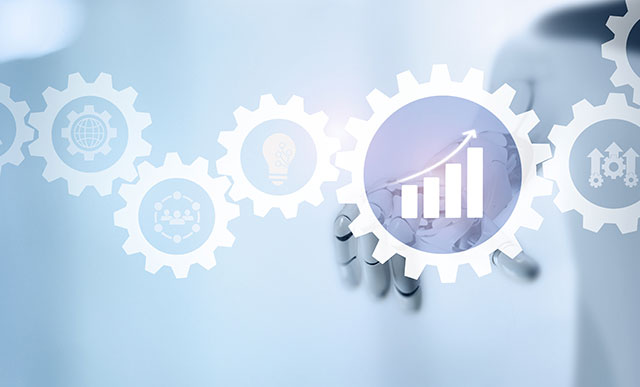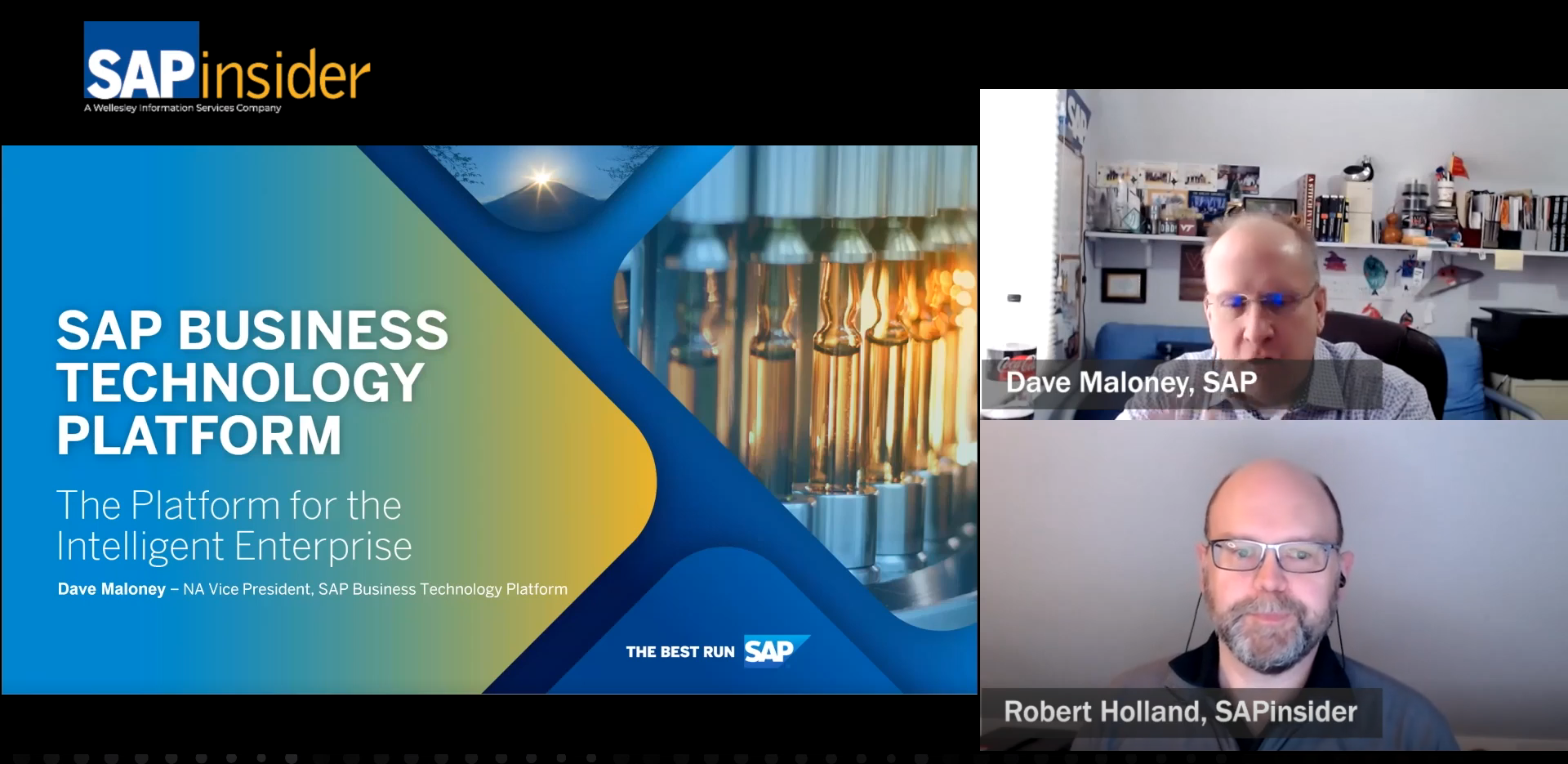SAP maintains on-premises will still be supported – but cloud is better
Meet the Authors
Key Takeaways
⇨ SAP will continue to support on-prem, but reminded customers that new innovations will be delivered through cloud
⇨ SAP claims moving to the cloud shouldn’t be considered as a ‘major’ transformation
⇨ A large chunk of the SAP core ERP innovations is delivered through SAP BTP
You can have your SAP S/4 HANA on-prem or in the cloud, just expect guaranteed innovation in the cloud well before the any kind innovation arrives on-prem.
That’s the message from SAP Chief Architect of the SAP S/4HANA Centre of Excellence Kevin Richardson.
Speaking at the SAP BTP Innovation Day in Sydney last month, Richardson clarified SAP and CEO Christian Klein’s position regarding on-prem.
Explore related questions
“What Klein said was [SAP] is going to build new innovations, because if we can run your system in the cloud and we can manage the technical debt, then we can guarantee that when we run these new innovations, we can plug them into your systems,” Richardson said.
“If anybody wants to aspire to use SAP’s new innovations, you’re going to have to go to the latest version, the latest patch levels and the latest notes, which all take time and effort. But if we’re already doing that behind the scenes without adding any disruption to your business, then we can guarantee. That’s why they’re only being offered in the cloud.”
Richardson led the session “Case for Cloud: Turbocharging Business Transformation with RISE and SAP BTP”, discussing SAP’s cloud strategy and how SAP Business Technology Platform (BTP) fits into the picture.
Richardson said the real value of RISE with SAP (as well as midmarket/SME focused and public cloud-based GROW with SAP) is that SAP can control the technical infrastructure. He added it was also the reason why SAP is pushing innovations in the cloud.
Richardson added customers should not think of moving to the cloud as a major transformation.
“If you want to do a complete reimplementation of your business processes and systems, go ahead, but SAP can also do a technical lift and shift if that’s what you want to do and get you on the next generation of the S/4 system,” Richardson said.
How SAP’s main offerings evolved leading up to S/4HANA
Richardson’s session kicked off with the history of SAP’s business, starting from its R/2 mainframe days in the 1980s and 1990s, the client/server architecture-based R/3, to ECC’s carve-outs and today’s hybrid solutions with S/4, then leading into SAP’s plans for a composable future.
“In the early 2000s, SAP launched a campaign called ‘Run Simple’, designed to offer three things that customers told us – wanting to reduce their technology footprint, a single user experience and wanting SAP to help them move to the cloud,” he said.
“The last innovation that we did footprint-wise was 2014 in an ECC system via enhancement pack 8, and we’ve not done any new developments on ECC since then. In 2015, we introduced S/4HANA and moved on from there, and that’s where all the innovations are.”
SAP’s holistic strategy has ERP at the core, underpinned by SAP BTP. “Half of the innovations that are happening in the SAP core ERP system are actually placed through the BTP platform,” Richardson added.
“That’s where we get all of the footprint and is also the springboard for a lot of SAP’s capabilities.”
He also discussed the origins of SAP BTP, first being called HANA Cloud Platform during its 2012 launch, later renamed SAP Cloud Platform in 2015 before being rebranded to BTP in 2019.
Also introduced the same year was some 350 offerings around machine learning, AI, bots, robotic process automation, situation handling and more all delivered through BTP. “If you’re not using BTP, that’s what you’re missing out on,” Richardson added. “We’ve just added to those since and grown on that.”
RISE with SAP was later introduced in 2021, bundling some existing SAP products aimed to help customers’ business transformation journeys.
SAP teamed up with the hyperscalers like Amazon Web Services, Microsoft Azure and Google Cloud Platform, while also allowing customers to manage and run their SAP systems like how they customise and build an on-prem system.
“We’ve started with driving security and compliance – taking an SAP ERP system, putting it into a hyperscaler, applying the security, operations and the technical managed services up to the infrastructure level,” Richardson said.
“I don’t mess with the software, that’s your job. I just look after the hardware side of things and the deployment and installation.”








